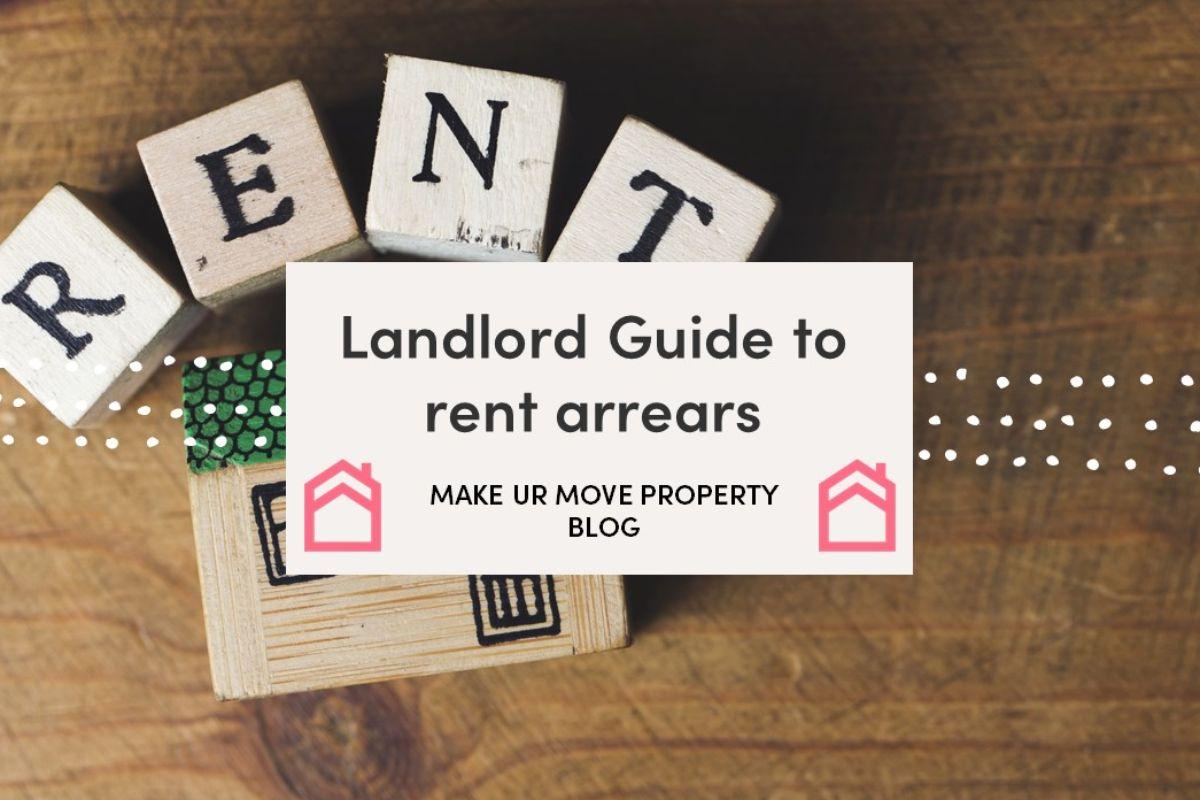
Rent arrears: two little words guaranteed to make any landlord sigh in frustration.
Reliably receiving your rent on time from tenants is central to what you do. It’s how you make a profit, how you maintain cashflow and how you minimise hassle.
And with 71% of landlords reporting having at least one tenant in arrears, it’s likely you’ll have to deal with the issue at some point.
So what should you do when faced with instances of non-payment? How can you work with your tenant to reduce the possibility of it happening? And if that fails, how can you use the legal system to get hold of cash that’s rightfully yours?
Here we outline the steps to take when tenants fall into rent arrears.
Understanding the Rent Arrears Landscape
A growing number of tenants are struggling to pay rent with the latest government figures showing almost one in five are either in arrears or likely to face future financial difficulty.
Stats which are backed up by a YouGov poll commissioned by housing charity Shelter that reveals 24% are behind on their rent or constantly struggling to pay it.
Against this background, fuelled by the pandemic and cost-of-living pressures, an increasing number of landlords are having to start court proceedings to evict tenants. For example, figures for October-December 2021 were 43% higher than the previous quarter.
With so many tenants struggling to make ends meet, one of your jobs as a landlord is to help reduce the chances of them falling into arrears while also protecting your own income. A finely balanced approach that will deliver mutual benefits.
No landlord wants to be chasing tenants for rent. So here’s how to approach getting that balance right. Follow these steps to do all you can to get your rent paid on time, every time.
#Step 1: Make the right checks first
You can’t be 100% certain that your preferred tenant will be a reliable rent payer. But you can be certain you’ve done all you can to keep cash coming in regularly.
Thorough research is essential including references from previous landlords, credit checks and establishing their employment status. Using a professional letting agent to carry these out gives you extra reassurance and removes a time-consuming job from your to-do list.
#Step 2: Keep a record of all payments
Make sure you keep an organised, up-to-date record of when payments are due and when they’ve been made. A dedicated portfolio management platform can make this admin job quick, easy and reliable.
Issue receipts detailing the date rent was paid, the amount received, any outstanding amounts and the time period it covers.
Doing this will ensure you have all the necessary information to hand if you do have to make an application for possession against a tenant.
Step #3: Remain professional
No matter what your personal relationship with the tenant is like, remember this is a business transaction. Bringing strong emotions to the situation will only cloud the issue, cause resentment and, most likely, result in zero rental payment.
Equally, don’t ignore the problem and hope it’ll go away. Be firm but friendly, politely questioning why they’ve not paid and reminding them of their obligations under the tenancy agreement.
If you really don’t relish the prospect of confrontation with an awkward tenant, you can lean on an experienced letting agent to do the chasing for you.
Step #4: Have a communication plan on stand-by
So you’re ready to deal with the possibility of unpaid rent, it’s a good idea to have a set communication plan in place. You can then use this template if and when the issue arises:
1. Send a friendly reminder to your tenant on the day their rent is due. Using this approach, MakeUrMove sees over 90% of arrears paid straightaway. At this stage, avoid any reference to legal jargon or eviction proceedings and simply encourage positive communication. Many tenants will apologise for the oversight and pay quickly.
2. If the first step gets no response after a couple of days, you can try contacting them by phone. This may open up a conversation about their personal circumstances and why they’re struggling to pay. You could then agree to a mutually convenient payment plan to resolve the issue.
3. Still no luck? The next step is to send a more firmly worded letter or email to highlight their legal and contractual obligations. This is when you can mention the possibility of eviction proceedings. Just ensure you’re fully up to date with the latest legislation or ask your letting agent for advice. When you remind them of the potential penalties involved for not paying, they should respond positively. No-one relishes the idea of court action.
4. After 14 days, if your tenant has provided a guarantor, send them a letter outlining how the tenant hasn't paid the rent according to the tenancy agreement. Normally the arrears will be paid soon after. At the same time, send a separate letter to your tenant explaining that your next communication will be about seeking possession.
5. After 21 days, send a final letter to the tenant and guarantor confirming your intention to take legal action.
What legal action can you take?
If you’re still faced with unpaid rent arrears after trying the communication route, you can begin eviction proceedings to regain possession of your property.
There are currently two options:
Section 21
Section 21 of the Housing Act 1988 is one way of giving notice to a tenant. Often called a ‘no-fault’ eviction, you don’t need to give a specific reason for wanting to terminate a tenancy.
But you must give at least two months’ notice and can only use it in two distinct circumstances:
1. After a fixed term tenancy ends - if there’s a written contract
2. During a tenancy with no fixed end date - known as a ‘periodic’ tenancy
There are additional requirements you need to meet when serving notice under Section 21. Check out our Guide to Gaining Possession for full details.
Section 8
A Section 8 notice can be served by a landlord where the tenant is in breach of their tenancy contract. Alongside issues such as anti-social behaviour and damage to the property, rent arrears are another valid reason.
When serving a Section 8 notice, you need to specify a particular ground. For example:
- Ground 8: Can be cited if a tenant has failed to pay at least two months’ rent.
- Ground 10: Can be specified if the rent is in arrears by no more than two months.
- Ground 11: Can be referred to if the tenant is repeatedly late with payments or needs regular prompts from their landlord to pay.
Ground 8 is often used in conjunction with Grounds 10 and 11 as a back-up in case a partial payment is made towards the arrears just before a court hearing. This last-minute top-up could make the possession order invalid.
Should you serve a Section 21 or Section 8?
On paper, it appears that a Section 8 notice is the most appropriate when dealing with rent arrears.
In reality, this isn’t always the case. Even if you can prove that a tenant has breached their contract by not paying the rent, a Section 21 notice might be a better option.
If you have valid grounds for serving a Section 8 notice, and the current terms of the tenancy have either rolled into a periodic tenancy or are within or close to two months of its end date, it’s probably better to serve a Section 21 instead.
That’s because a Section 21 case is a much more straightforward – and likely much cheaper - route through the courts. A Section 8 ground can be disputed by the tenant which can prolong the eviction process and let them stay in the property for longer.
You’ll also need patience to deal with the court case processing backlog triggered by the pandemic.
With a Section 21 case, you don’t need to give a reason to gain possession so, provided the court is convinced it’s been correctly served, you’re likely to get a positive result relatively easily. So if you can meet all the conditions, you’ll be saving time, money and hassle by opting for a Section 21.
How will the Renters’ Reform Bill affect dealing with arrears?
The sticking point here is that under the Renters’ Reform Bill, Section 21 is due to be scrapped. Under the proposed legislation, the government plans to replace it with “a modern tenancy system”.
This would involve transitioning all tenancies to ‘periodic’, so a tenancy can only end if the tenant chooses to leave or the landlord has a valid legal reason to evict them.
While Section 21 will disappear, Section 8 will remain in place so will likely become the only recourse when tenants fall into arrears. There are promises to strengthen the grounds for repossession but landlords’ options when starting an eviction process will be impacted.
For now, consider your options carefully and be prepared for future changes.
Stay up to date with the latest legislation updates at the MakeUrMove blog






